Food insecurity and global poverty

Over 2 billion people did not have access to safe, nutritious and sufficient food in 2020.

Famine represents the most extreme level of food insecurity. It's declared only when hunger reaches catastrophic, life-threatening levels across a population.
On this page, we explain what famine is, how the IPC scale determines how and when famine is declared, and which regions are experiencing or approaching famine conditions in 2025.
Famine means that there are extreme food shortages and several children and adults within a certain area are dying of hunger daily.
Famine is only declared when catastrophic levels of hunger are present.
Catastrophic, or famine-level hunger, is where extreme food insecurity is widespread and severe food shortages, mortality, and malnutrition criteria are met, including:
As of November 2025, famine is officially declared in Occupied Palestinian Territories and five regions of Sudan.
20 more areas in Sudan are at risk of reaching catastrophic (famine) levels of hunger according to IPC data from November 2025.
Causes of famine include conflict and armed violence, extreme poverty and climate-related disasters. Famines are never inevitable- they are always predictable, preventable, and man-made.
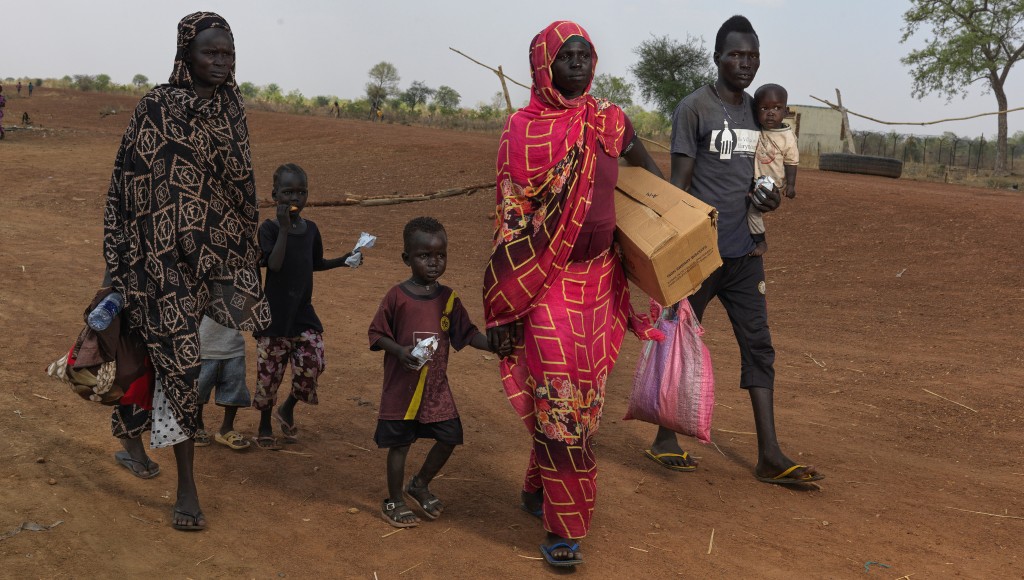
A Sudanese family fleeing conflict in Sudan, where famine levels are present in five regions.
Famine is declared using the Integrated Food Security Phase Classification (IPC) system – a framework including governments, UN agencies, humanitarian organisations and civil society.
To reach the declaration of famine, IPC partners classify the severity and magnitude of food insecurity in a country or region using the IPC system’s scientific standards and analytical approach.
There are five IPC phases used to classify the severity of hunger and food insecurity. Each phase has its own technical criteria.
For IPC Phase 1 to be reaches, more than 4 in 5 households are able to meet essential food and non-food needs without engaging in unsustainable coping strategies to access food and income.
For a country or region to reach stressed hunger levels, at least 1 in 5 households have the following or worse:
This is even with humanitarian assistance.
Crisis levels of hunger are met when:
This is even with humanitarian aid.
Hunger is at emergency levels when:
When hunger is catastrophic, at least 1 in 5 households have an extreme lack of food and basic necessities and starvation and death are at extremely high levels. This is famine-level hunger.
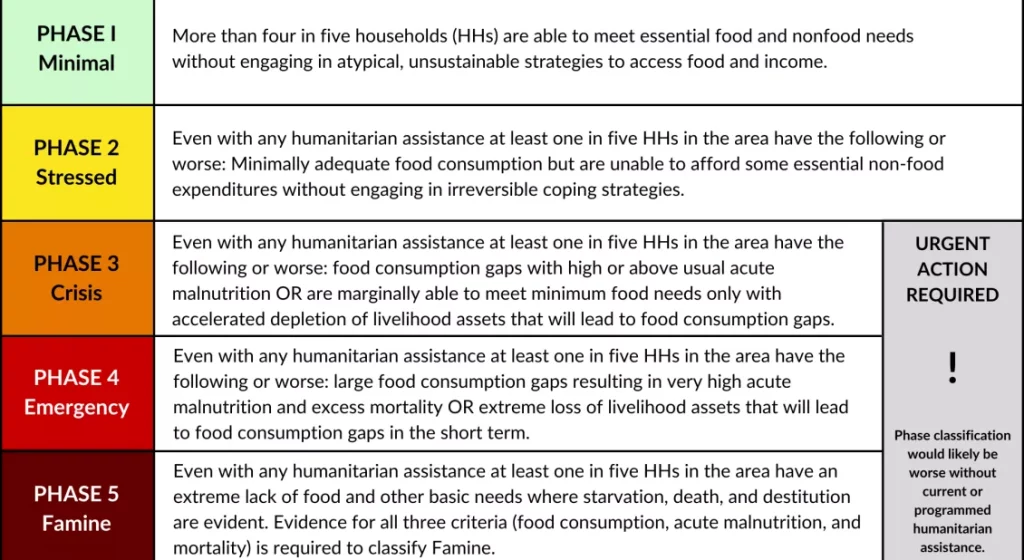
Action Against Hunger and our partners carry out food security and nutrition surveys to gather information on food availability, malnutrition levels, and mortality rates.
All of the data is then collected and analysed, and IPC partners agree on the overall results and conclusions.
If a country, or part of a country, meets famine (IPC Phase 5) criteria, then each partner – including the country’s government – must reach a consensus on these findings before famine is declared.
Famine levels are currently present in:
20 more areas in Sudan are at risk of famine, according to recent IPC data from November 2025.
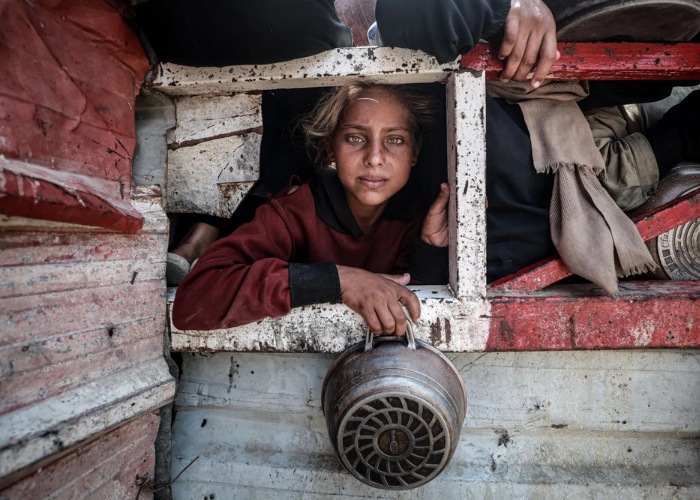
Palestinian girl in Gaza, where famine is present, waiting for food
According to the United Nations (UN), as many as 49 million people in 46 countries could be at risk of famine if they emergency humanitarian assistance doesn’t reach them.
Countries at highest risk of reaching famine conditions are:
You can learn more about catastrophic hunger levels in South Sudan, Haiti and Mali on our World’s hungriest countries page.
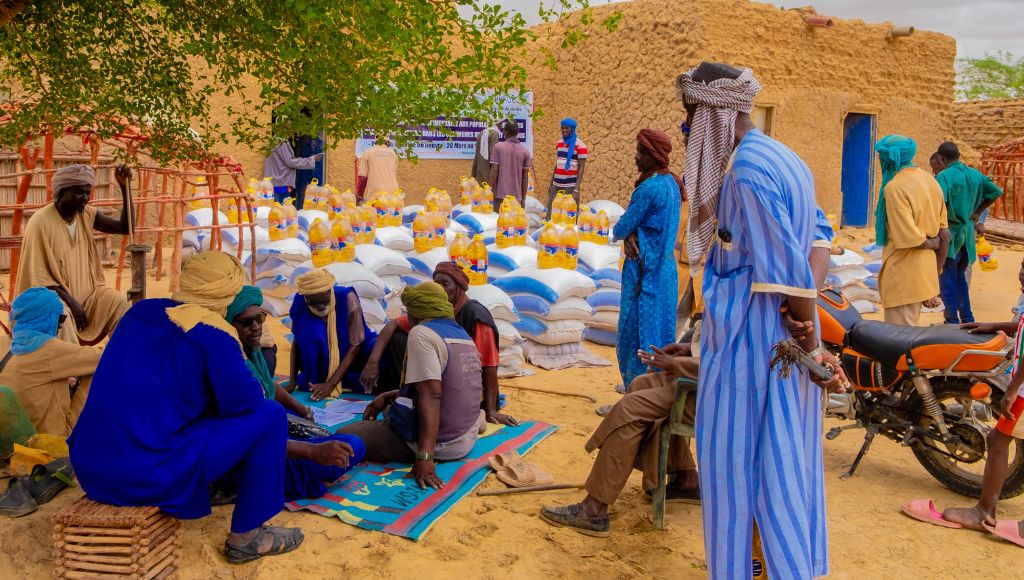
Displaced families collecting aid following floods in Timbuktu, Mali, a country at risk of famine.
Famine levels were announced as present in Somalia in 2011 and in South Sudan in 2017.
For months before these famines were declared, the United Nations and humanitarian organisations warned of the worsening humanitarian crisis. Aid eventually came but, for hundreds of thousands of malnourished children and families, food arrived too slowly.
In the midst of a severe drought and conflict, famine was declared in Somalia in 2011 after an estimated 250,000 people died of extreme hunger.
After years of civil war and armed violence, parts of South Sudan were found to be experiencing famine in 2017. South Sudan is still at high risk of famine, remaining as one of the hungriest countries in the world in 2025.
The IPC system’s goal is to trigger action to stop food insecurity from worsening and to save lives before and after famine is declared. It’s a helpful tool for analysis hunger levels – but the system is far from perfect.
Often, the same conditions that cause hunger are the ones that make it incredibly difficult to gather the data needed to determine if famine is occurring. And amplified government involvement can result in famine declarations becoming political decisions, rather than humanitarian ones.
After many years of progress in the global fight against hunger, a combination of factors – conflict, climate change, and global inequality – has driven millions of people to the brink of starvation.
We must do more to challenge the root causes of hunger to prevent famine spreading any further.

Over 2 billion people did not have access to safe, nutritious and sufficient food in 2020.
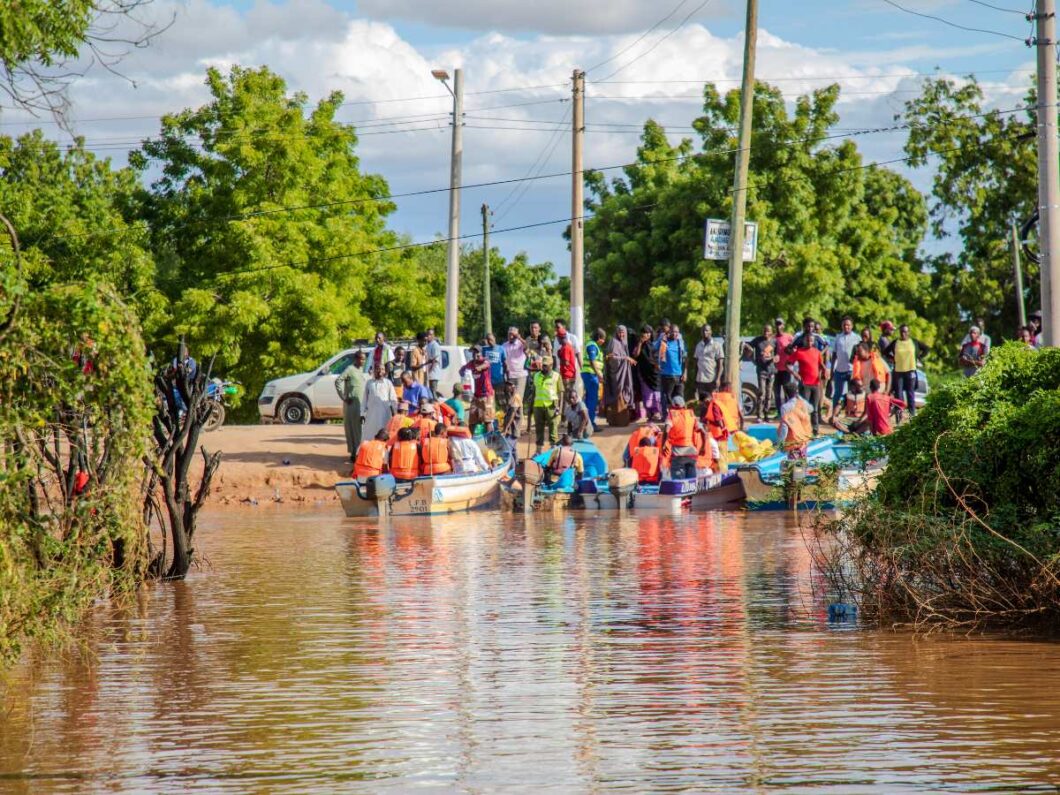
Rising temperatures and extreme weather are having a devastating impact on communities.
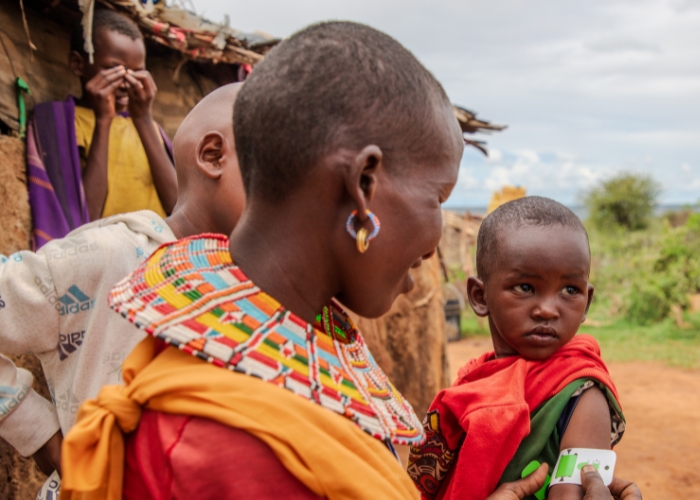
Poor nutrition threatens the growth and development of millions of children.

Families in Sudan are facing life-threatening hunger, with five regions already meeting famine conditions and 20 more areas at risk as of November 2025.
Your donation to our Sudan Appeal can help get life-saving food aid to Sudanese families at risk of facing catastrophic hunger.